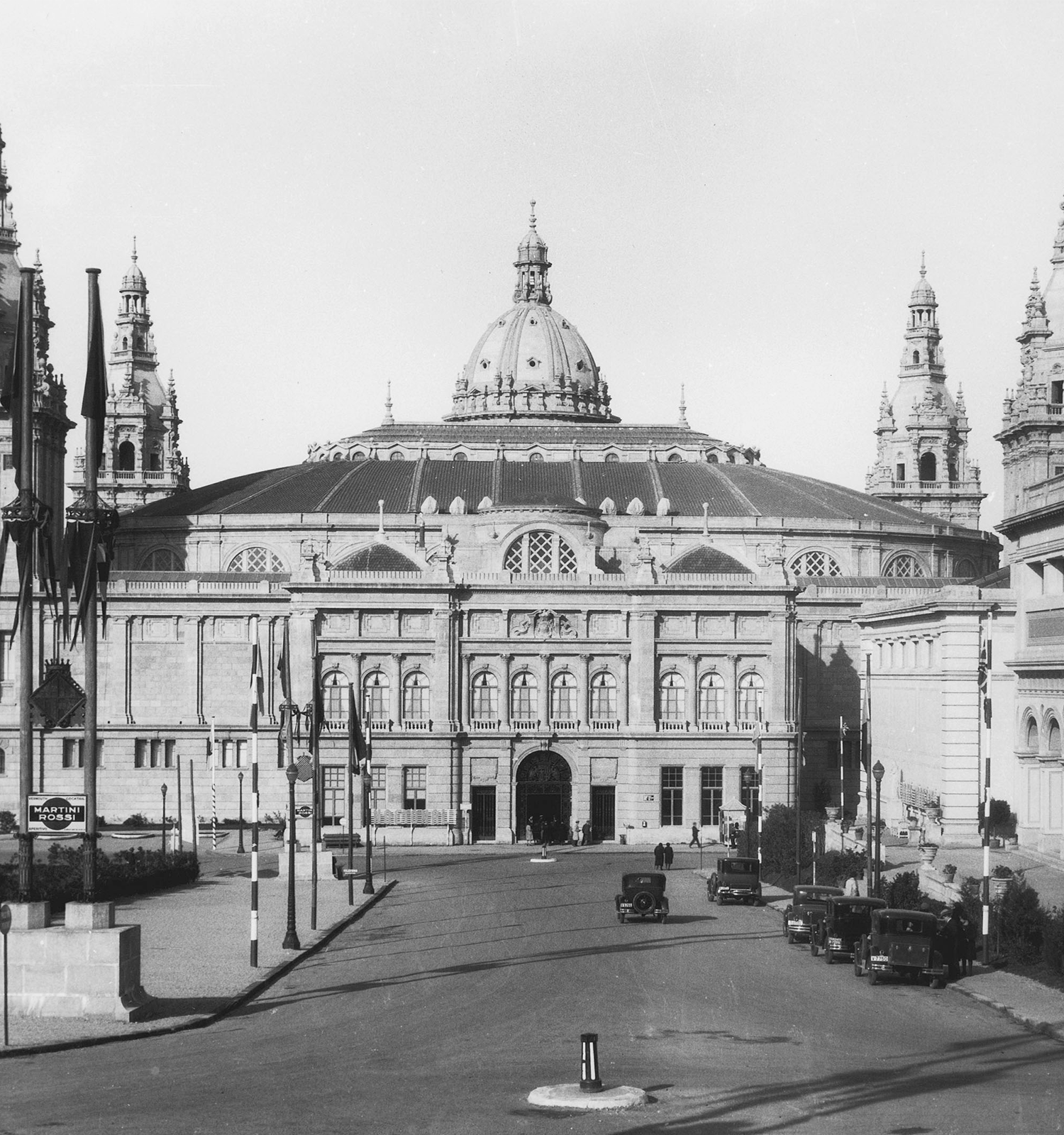Read more
Read more
The exhibition of the year 1929 changed the layout of Barcelona. The city won the mountain of Montjuïc, which, over time, has become a place of leisure and culture for everyone.
The urban planning projects to make Montjuïc a green lung and pleasure space of Barcelona date back to the beginning of the 20th century. It was decisive that the hill was chosen as the setting for the major International Exposition that was organised in the city in 1929: the management of the urban planning and architectural part of the project was entrusted to the prestigious modernist architect Josep Puig i Cadafalch and the gardens to Jean Claude Nicolas Forestier and Nicolau Maria Rubió i Tudurí. The Palau Nacional was conceived within this planning as the central palace of the exposition and in 1924 a public bid was called for its execution, once Puig i Cadafalch was removed from the project with the arrival of the Dictatorship of Primo de Rivera (1923), which was won by the architects Eugenio P. Cendoya, Enric Catà and Pere Domènech i Roura. It was destined to house the major exhibition, El arte en España, with representative pieces and reproductions from the history of Spanish art, which had two extensions, the architectural ensemble of the Poble Espanyol, still active, and the Palau d’Art Modern, which was demolished.

The surroundings of the Museu Nacional d’Art de Catalunya conserve many of the elements built in 1929 for the International Exposition: the old Palau de l’Agricultura and current Mercat de les Flors; the Palau de les Arts Gràfiques, which today is home to the Museu d’Arqueologia de Catalunya; the pavilion of the Caixa d’Estalvis i Pensions de Barcelona, today the Institut Cartogràfic de Catalunya; various pavilions that today form part of the Barcelona Trade Fair; the Olympic Stadium, which was remodelled on the occasion of the Olympic Games of 1992; the Poble Espanyol and the Teatre Grec, built inside a quarry, giving the name to the Summer Festival of Barcelona.
The museum offer of Montjuïc is completed with spaces created at a later stage: the Fundació Joan Miró, the Museu Etnològic, the Museu Olímpic i de l’Esport Joan Antoni Samaranch and CaixaForum.














